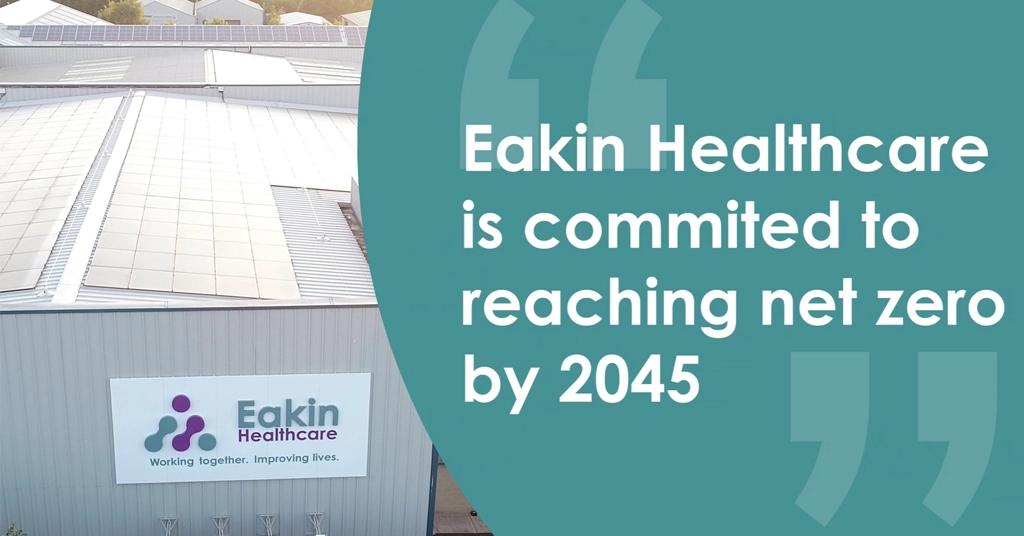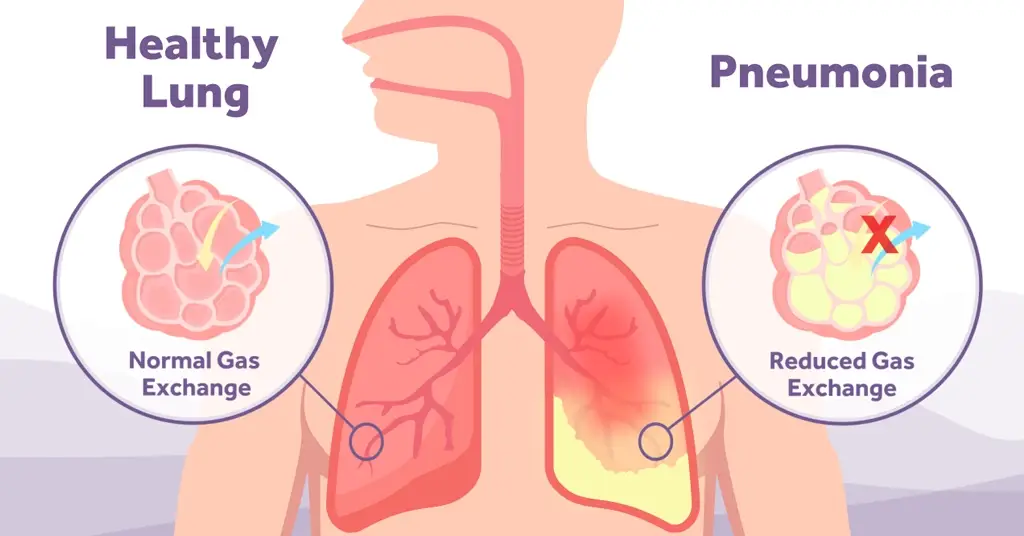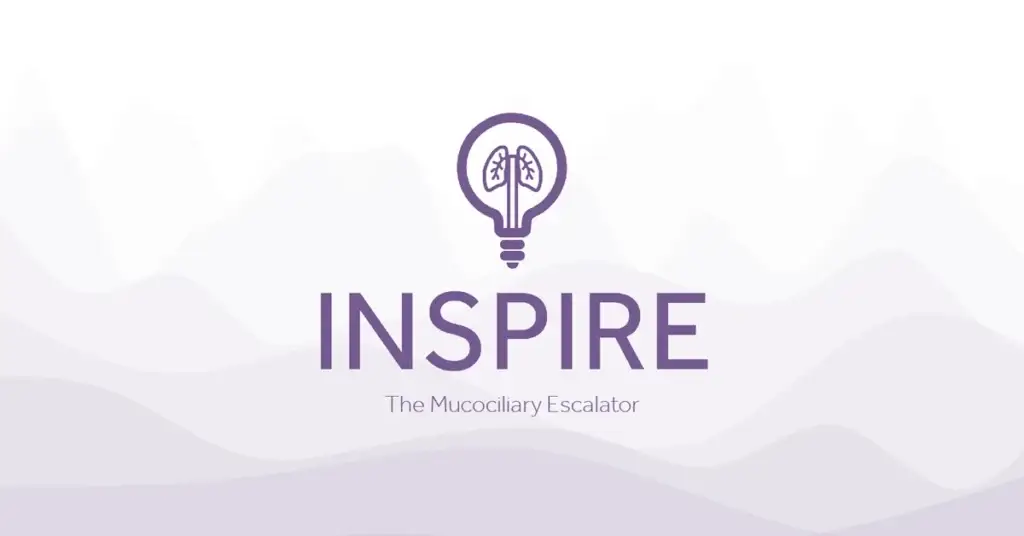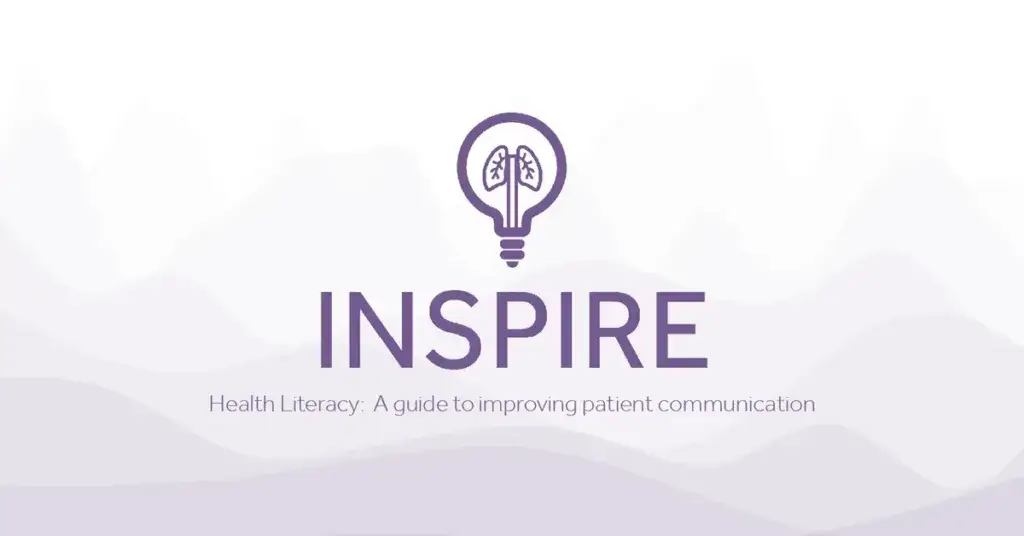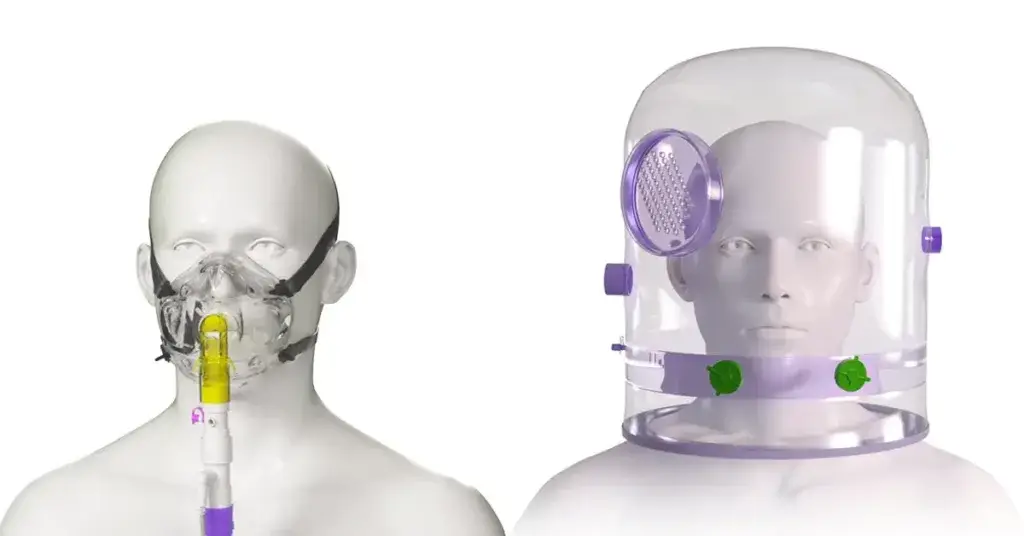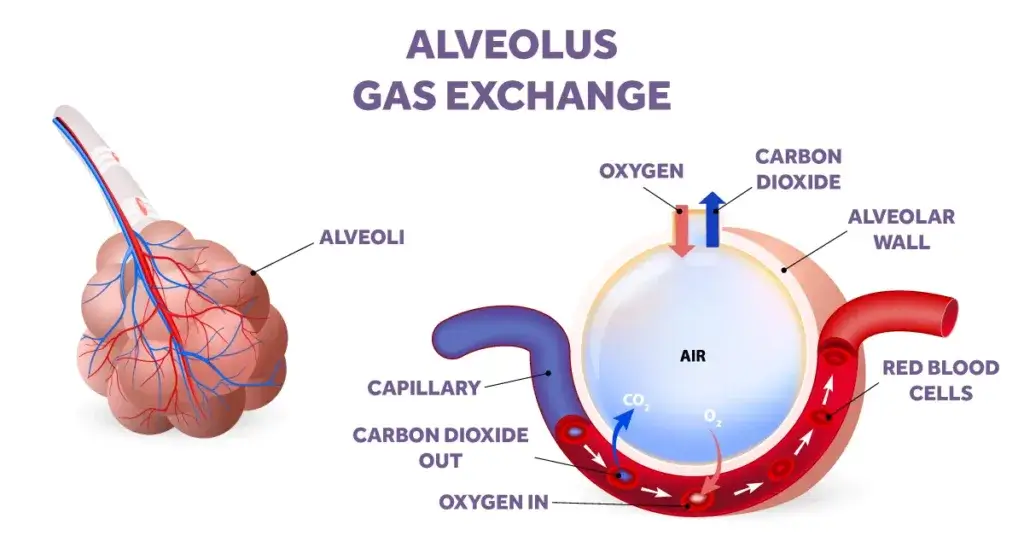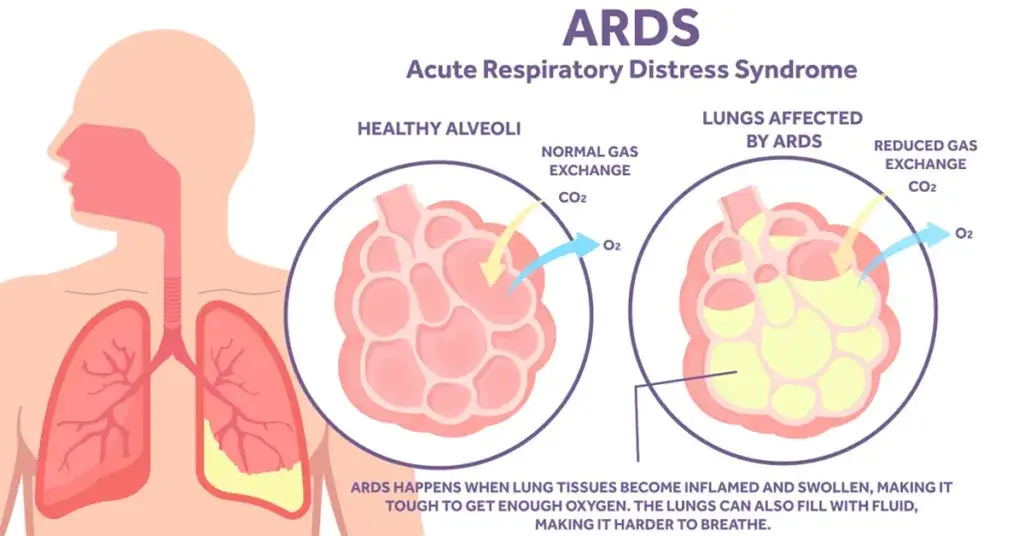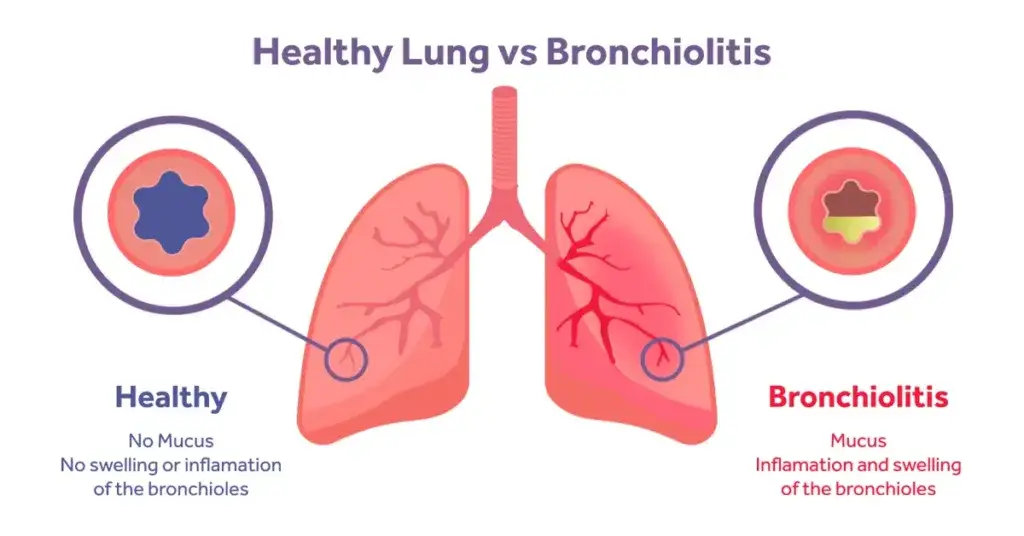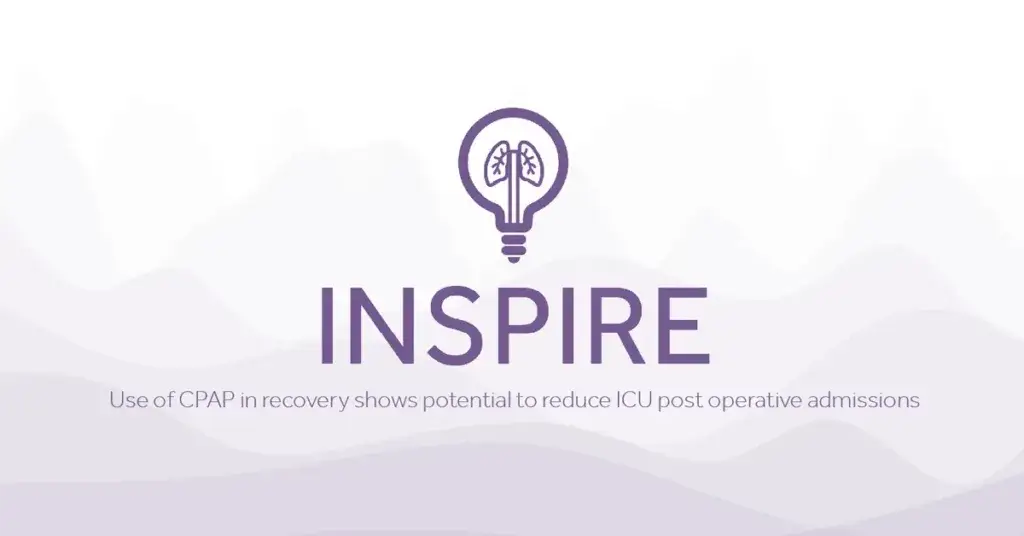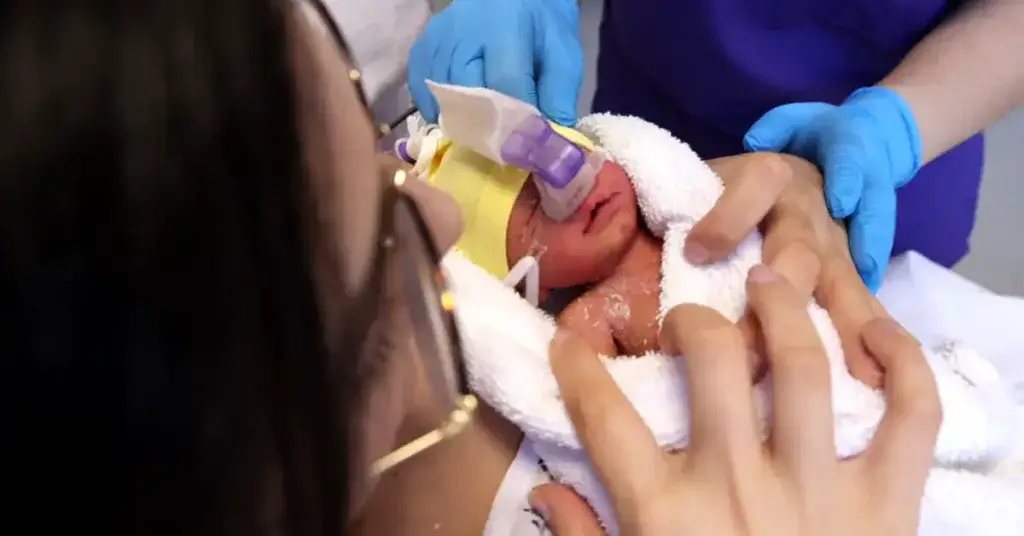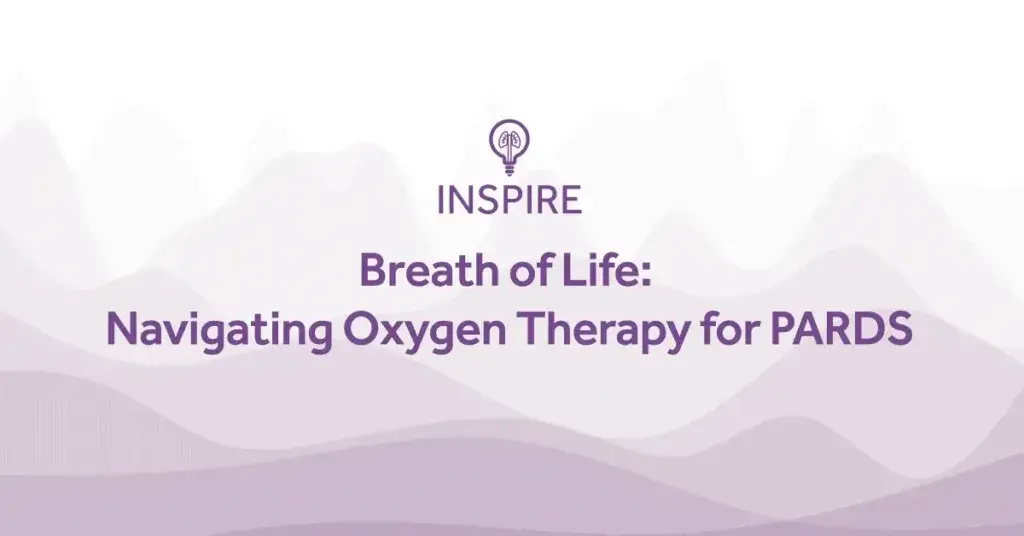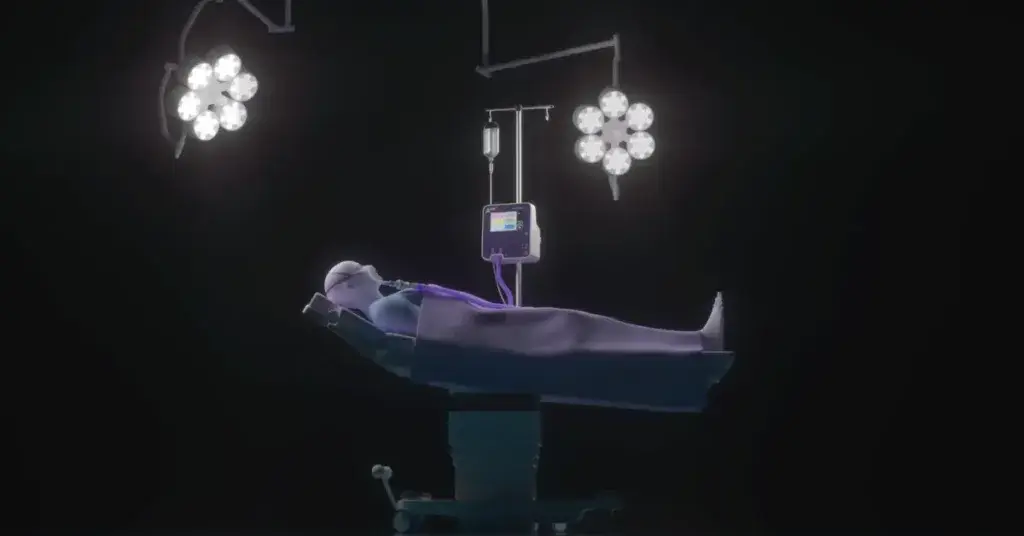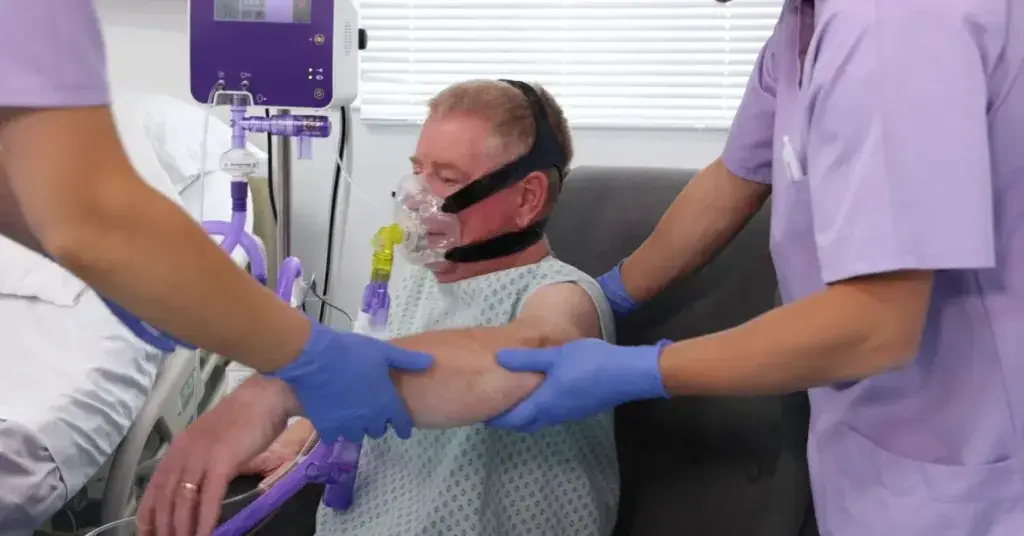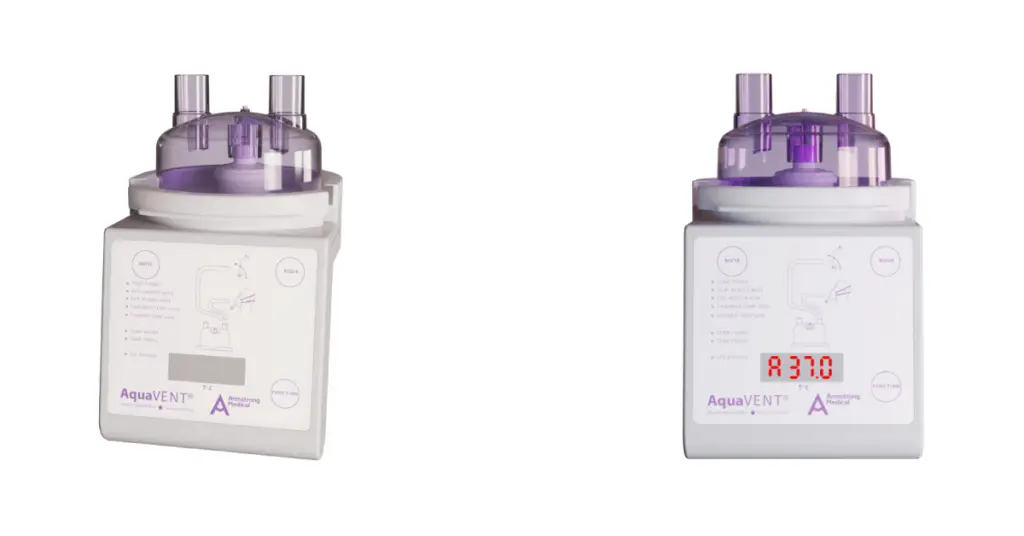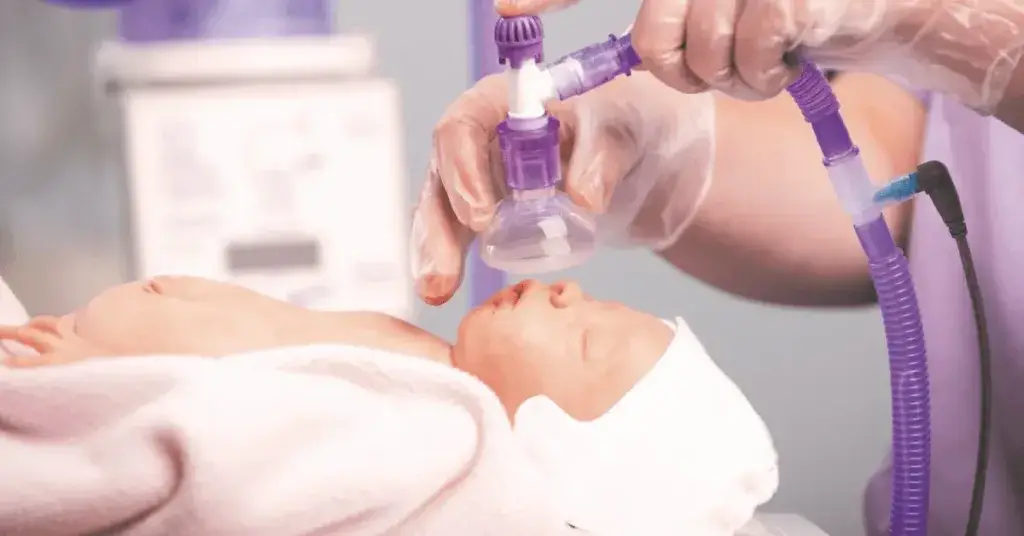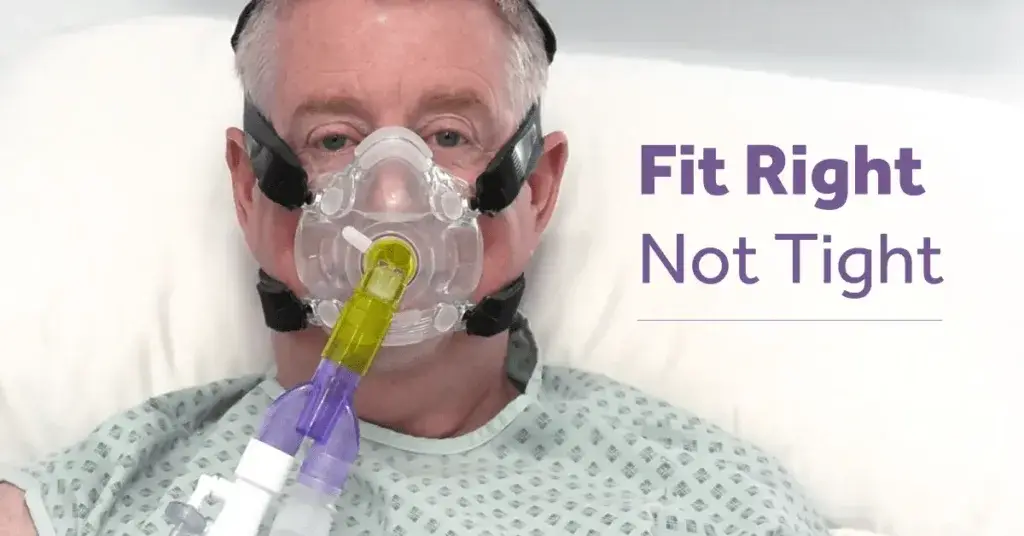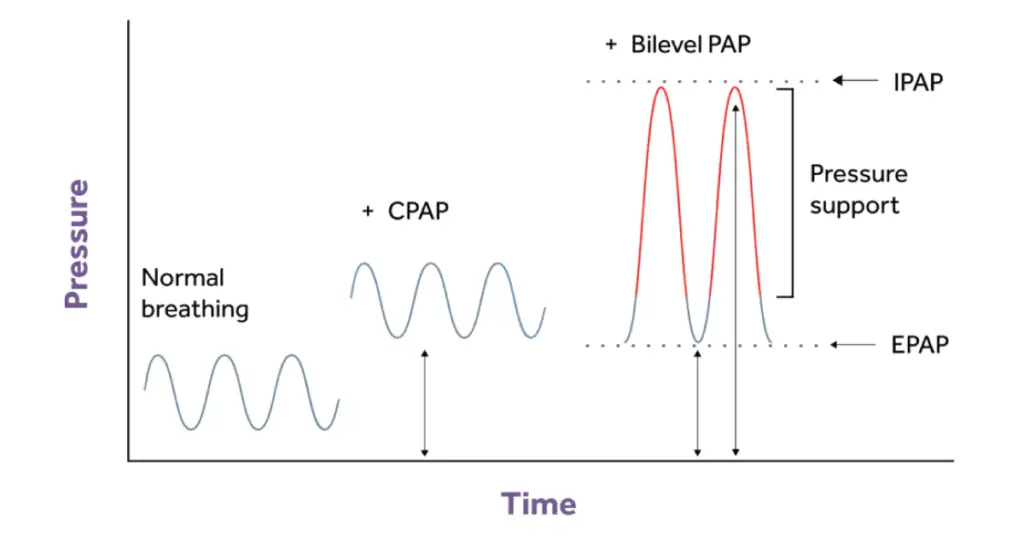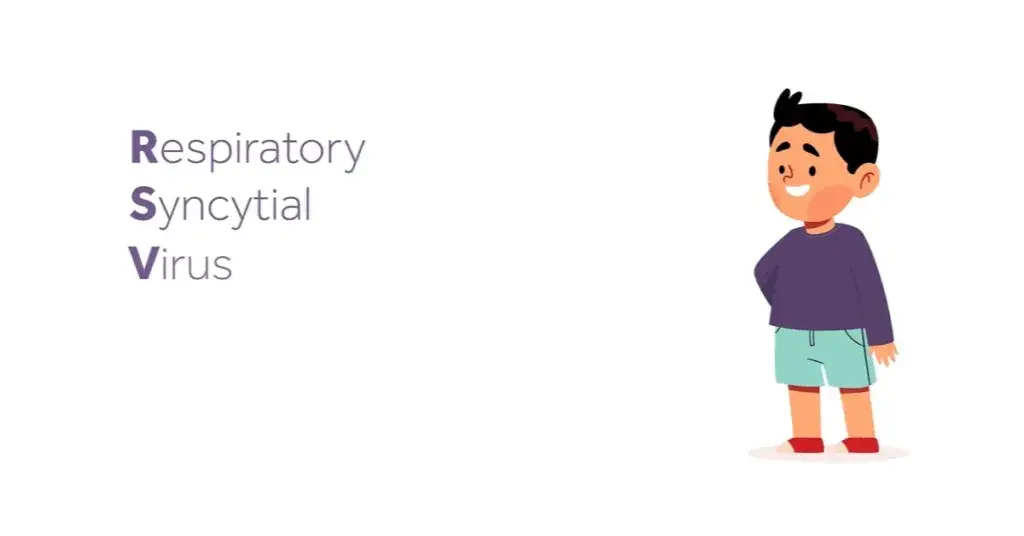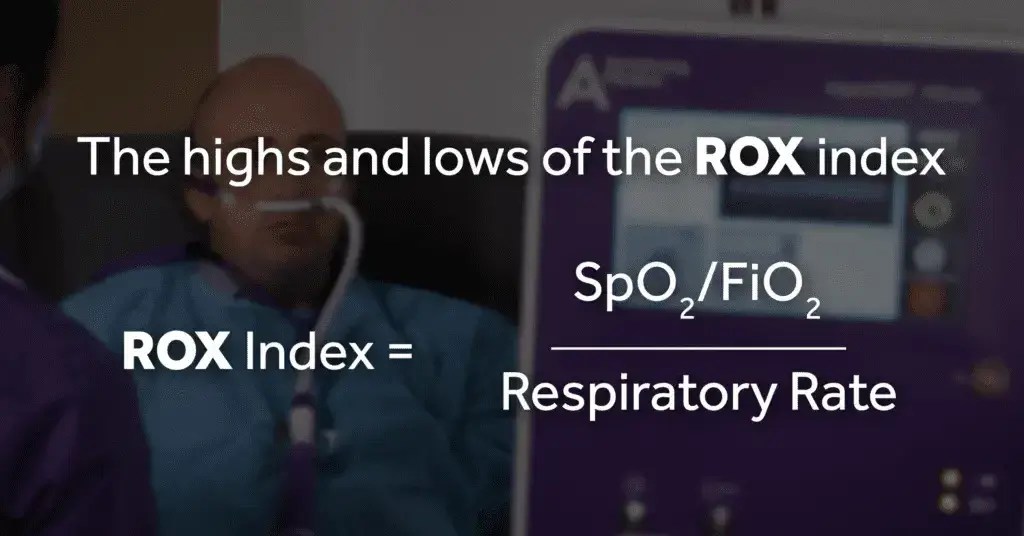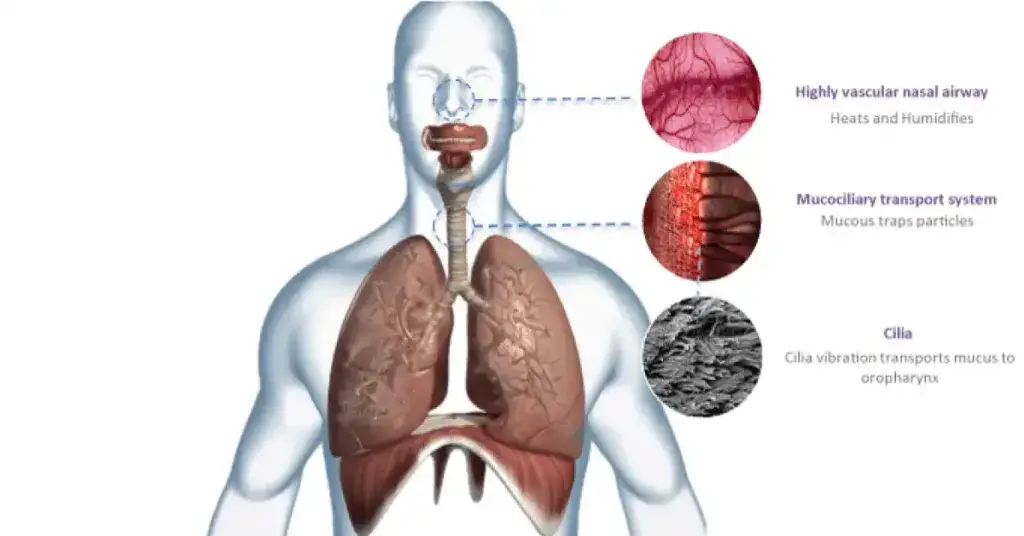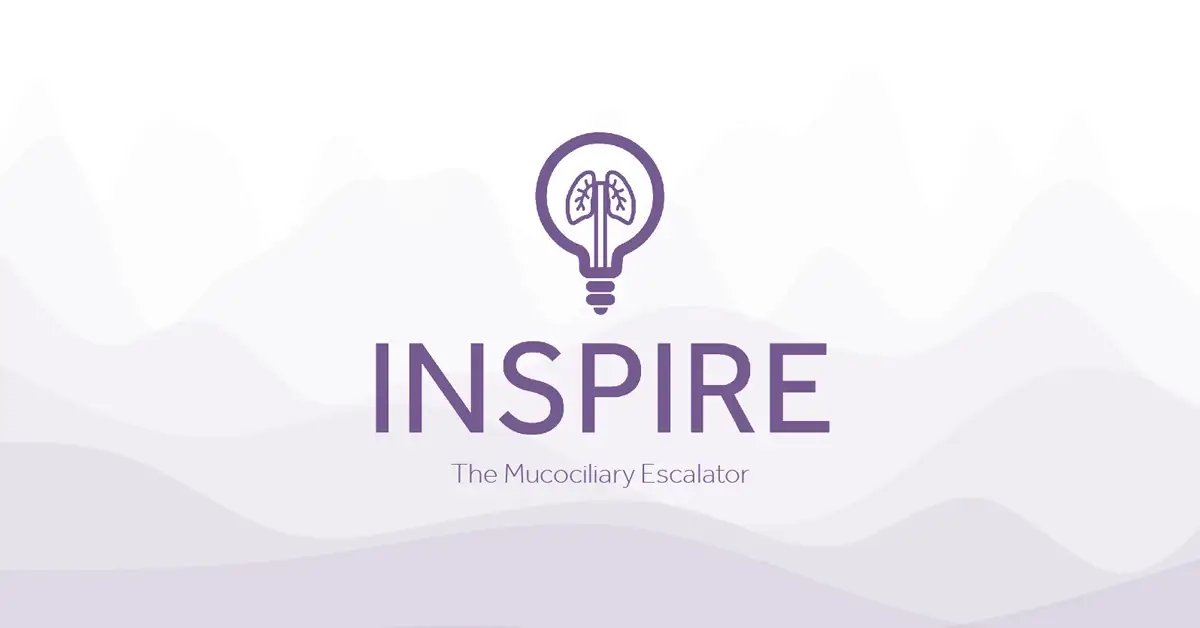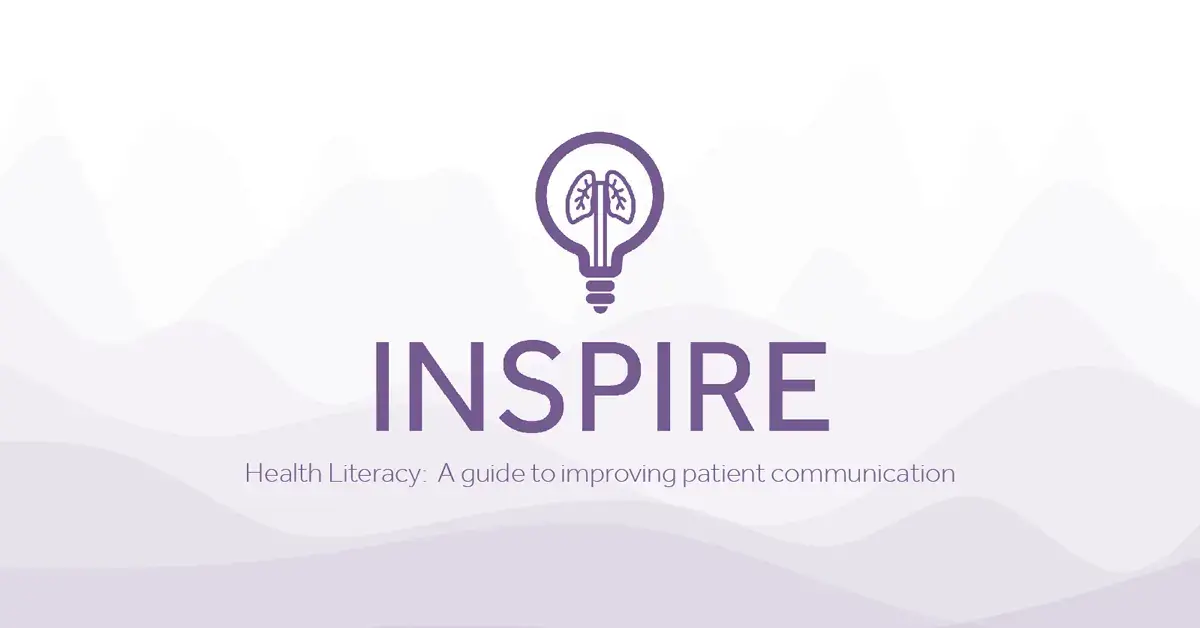Delirium is a common and serious condition in critically ill patients, characterised by acute changes...
Armstrong Medical, now part of Eakin Healthcare, are an organisation that take pride in doing...
Pneumonia is defined by the National Institute for Health Care Excellence (NICE) as an infection...
An effective mucociliary escalator will transport mucus, with any captured foreign particles, in an upstream...
According to Health Education England (2020), Healthcare organisations need to ensure that the information they...
RSV usually causes mild, cold-like symptoms, but can lead to more serious issues such as...
Non-invasive ventilation (NIV) and Continuous Positive Airway Pressure (CPAP) are widely used therapies and effective...
Hypoxemia is defined as inadequate tissue oxygenation due to either inadequate blood flow or arterial...
Acute Respiratory Distress Syndrome (ARDS) is a severe lung condition characterised by rapid onset of...
Bronchiolitis is a common chest infection that affects babies and children under two and due...
The environment of the neonatal care setting is one of the most complex, with perhaps...
The use of High Flow Oxygen Therapy (HFOT) is increasing both for Preoxygenation and Apnoeic...
The changes that occur for both mother and baby during and after childbirth are truly...
Paediatric Acute Respiratory Distress Syndrome (PARDS) is a type of acute lung injury that occurs...
What is the THRIVE technique? How does it work? Why would you consider using it?...
The Society of Critical Care Medicine (SCCM) ICU Liberation Campaign (2018) aims to liberate patients...
The use of heated and humidified gases in the perioperative setting has become increasingly popular...
The landscape of neonatal care has changed drastically since premature babies were cared for in...
Hospital patients susceptible to pressure ulcers during a stay in hospital is both unfortunate and...
With different nomenclatures used in healthcare around the world, it is easy to get caught...
Respiratory syncytial virus is an enveloped RNA virus and is in the same family as...
Non-invasive positive airway pressure therapy is used extensively in healthcare to support patients with varying...
The ROX index (Respiratory rate and OXygenation) gives an indication of who is going to...
Recent studies show the early introduction of Kangaroo care can have a dramatic positive impact...
Inspire is Armstrong Medical’s monthly blog, breathing life into respiratory care. Succinct, clinical insights for...
Non-Pharmacological Management of Delirium in Critically Ill Patients
Delirium is a common and serious condition in critically ill patients, characterised by…
Working Together. Improving lives – Sustainably
Armstrong Medical, now part of Eakin Healthcare, are an organisation that take pride…
Exploring the Role of HFOT and CPAP in Pneumonia Management
Pneumonia is defined by the National Institute for Health Care Excellence (NICE) as…
The Mucociliary Escalator
An effective mucociliary escalator will transport mucus, with any captured foreign particles, in…
Health Literacy: A guide to improving patient communication
According to Health Education England (2020), Healthcare organisations need to ensure that the…
Delirium is a common and serious condition in critically ill patients, characterised by acute changes...
Armstrong Medical, now part of Eakin Healthcare, are an organisation that take pride in doing...
Pneumonia is defined by the National Institute for Health Care Excellence (NICE) as an infection...
An effective mucociliary escalator will transport mucus, with any captured foreign particles, in an upstream...
According to Health Education England (2020), Healthcare organisations need to ensure that the information they...
RSV usually causes mild, cold-like symptoms, but can lead to more serious issues such as...
Non-invasive ventilation (NIV) and Continuous Positive Airway Pressure (CPAP) are widely used therapies and effective...
Hypoxemia is defined as inadequate tissue oxygenation due to either inadequate blood flow or arterial...
Acute Respiratory Distress Syndrome (ARDS) is a severe lung condition characterised by rapid onset of...
Bronchiolitis is a common chest infection that affects babies and children under two and due...
The environment of the neonatal care setting is one of the most complex, with perhaps...
The use of High Flow Oxygen Therapy (HFOT) is increasing both for Preoxygenation and Apnoeic...
The changes that occur for both mother and baby during and after childbirth are truly...
Paediatric Acute Respiratory Distress Syndrome (PARDS) is a type of acute lung injury that occurs...
What is the THRIVE technique? How does it work? Why would you consider using it?...
The Society of Critical Care Medicine (SCCM) ICU Liberation Campaign (2018) aims to liberate patients...
The use of heated and humidified gases in the perioperative setting has become increasingly popular...
The landscape of neonatal care has changed drastically since premature babies were cared for in...
Hospital patients susceptible to pressure ulcers during a stay in hospital is both unfortunate and...
With different nomenclatures used in healthcare around the world, it is easy to get caught...
Respiratory syncytial virus is an enveloped RNA virus and is in the same family as...
Non-invasive positive airway pressure therapy is used extensively in healthcare to support patients with varying...
The ROX index (Respiratory rate and OXygenation) gives an indication of who is going to...
Recent studies show the early introduction of Kangaroo care can have a dramatic positive impact...
Inspire is Armstrong Medical’s monthly blog, breathing life into respiratory care. Succinct, clinical insights for...

